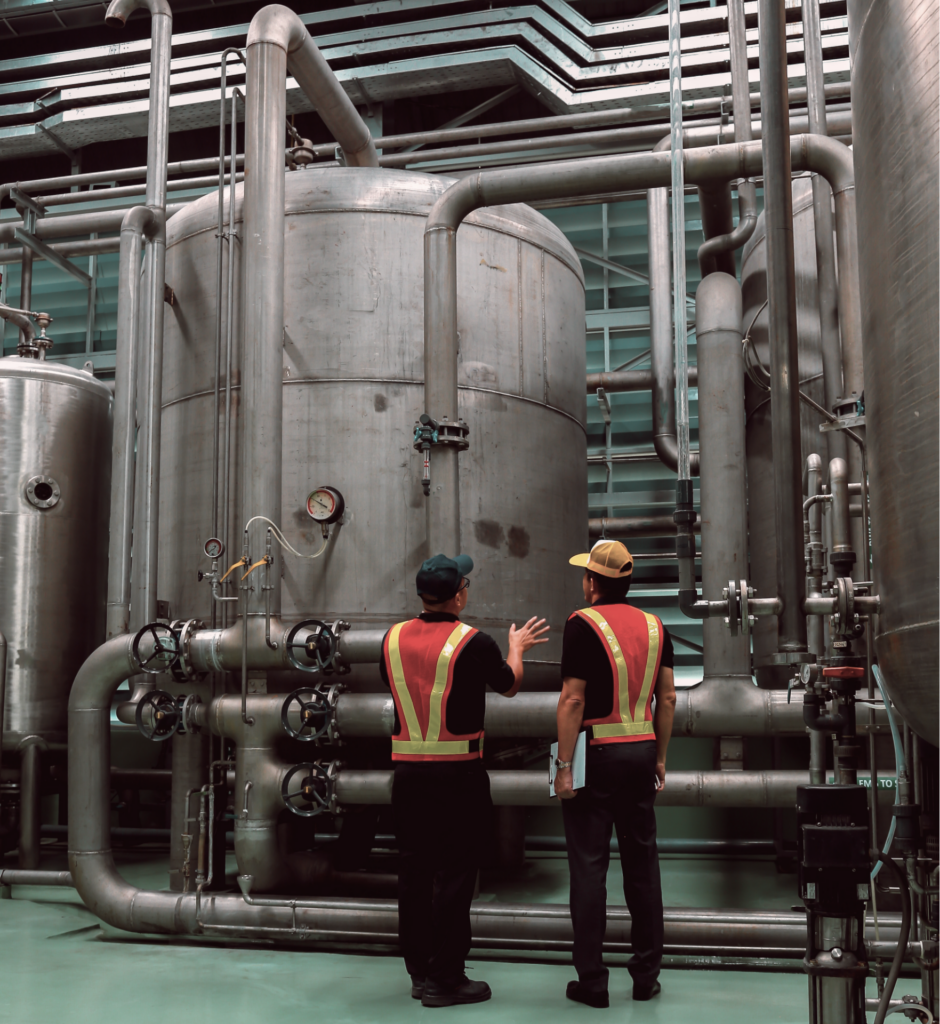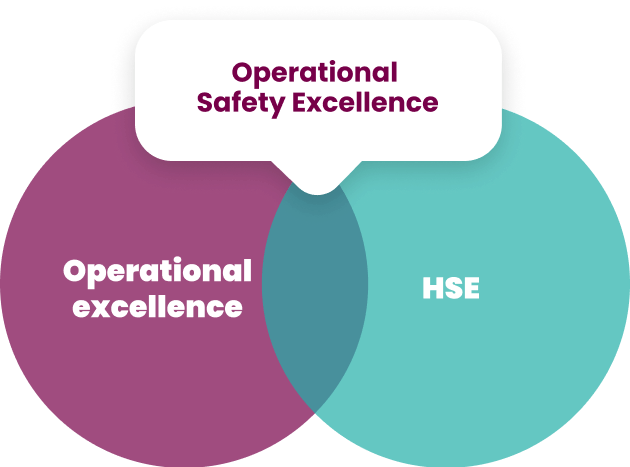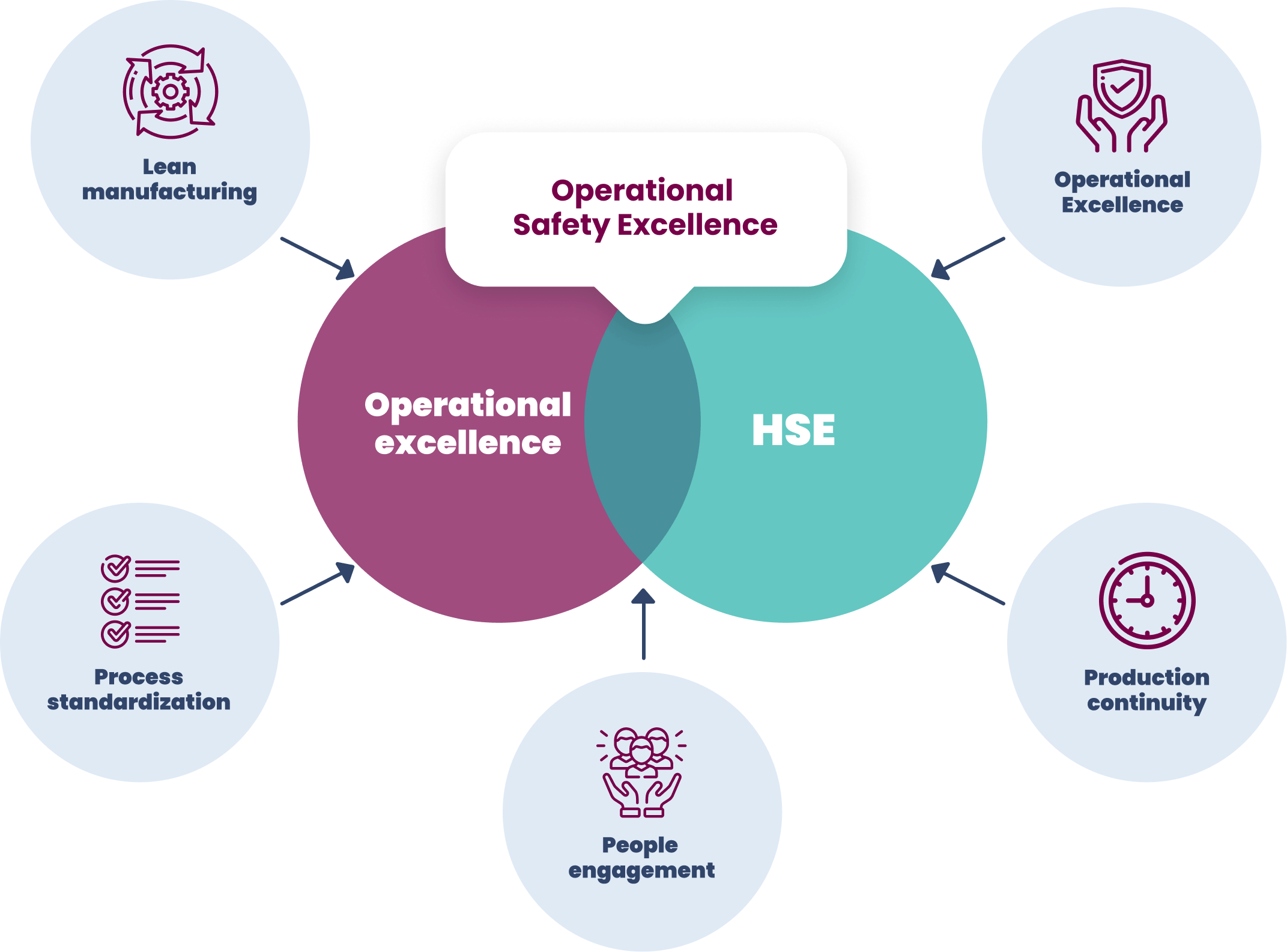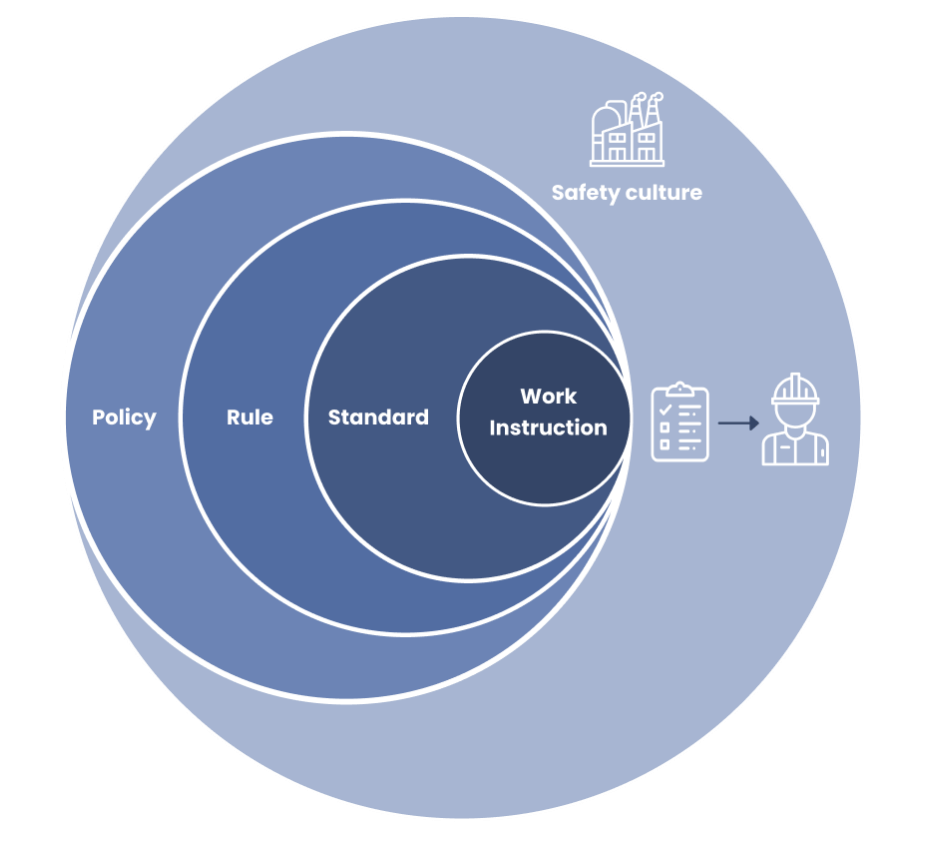Lean and Safety: are they friends or foes?
At first sight, Lean manufacturing and safety seem opposites.
Safety protocols have a reputation of slowing things down rather than speeding up production processes or make these more efficient.
In this article, Sjoerd Nanninga (Managing Director at Unite-X) investigates if this common opinion is true.

Working safe or working lean?
If you talk to people in plants, safety has a reputation of slowing things down.
When you ask people, they will reply in utter frustration: “Sometimes we have a 5–minute job and it takes you 3 or 4 hours to do the safety preparation, get the proper authorizations in place, find our managers to ‘OK’ everything and then we’re waiting, waiting, waiting and then we do our 5-minute job.”
“So, safety and maintenance can be frustrating and certainly can at times feel totally ‘not lean.”
This was purely about the experience of people in plants, but what we also see organizationally, is that in large corporations they are a huge group of internal consultants.
People working with lean methodologies in improving important the performance of plants, and domain that these guys look at – so that the black belts and the green belts – is usually totally unrelated to safety.
They are focused on manufacturing or maintenance and maybe sometimes also on the financial and the logistical side of things, but safety is like a separate domain and there’s very little into a mingling of the methodology of lean and the application of that in safety.
How lean methodologies could improve safety performance?
There are a number of ways in which lean can be applied to safety to increase performance.
“One of the biggest things is that the focus of lean is to standardize work.”
Thus, whenever there’s a situation where you have a process in which there is variation, you are at risk: that’s kind of the definition of variation.
For example, if you look at your maintenance job and you’re looking at the quality of the risk assessment of their job and all the mitigating factors included, if you have variation in the quality, then you will need to have a loss of checks and balances and everybody needs to look at it.
So you have a lengthy process in place in order to come to a good safe situation.
Thus, if you can have a more standard standardized process with a standard way of approaching these types of jobs and everybody in the organization does it the same way, then with much less effort and much less throughput time you can get to an even higher quality of those risk assessments.
Applying principles of standardizing jobs – and standardizing also the job process – means that you can get a big increase both in quality of the safety – in terms of compliance and also the quality of the assessment– but also make it much more efficient.
By the way, read our article about standardization in safety here.
How does working lean creates value?
The major value creation in lean work happens due to the elimination of waste.
Lean is famous for waste reduction. The process by which we reduce waste is continuous improvement.
Continuous improvement for me means looking really well at an organization (and the processes that go on in an organization) and then making small adjustments until it gets better and better. During and after that process you always keep looking for improvements. This is why it’s continuous improvement. In our experience, most safety processes consist of a lot of waste. There is a lot of waiting time and people rewrite or redo stuff all the time.
“Safety usually consists of a lot of waste.”
These things can be very costly, especially the misalignment between departments and people can cost a lot of money. Also, this kind of waste can also be risky at times. These are the things that we need to eliminate.
Secondly, what also sometimes happens, is that downtime in plants is longer than it actually needs to be because of these misalignments. By working through these aspects of waste and removing them also the safety processes can be more value-driven and get to a higher quality level with fewer costs.
People first
One of the key pillars in lean is the engagement of people.
The engagement of people starts with respect. Really truly understanding as to the leadership of an organization, is that the people that work in those processes daily are the true experts in their fields. So, any improvement that you’re going to implement into an organization is going to start with these people.
They have to first sense, feel and own that there are things to improve and that there’s a possibility or value creation. And then also those improvements should be designed and implemented by the people on the shop floor. And that will make it a lasting situation.
“Leadership is there to support because as the leaders in the organization they should show their respect and trust in their people, that they can actually do the work.”
Because if you are managing an operational organization the biggest responsibility that you have is the safety of the people that work in your organization; the externals and internals that come to your plant. You are responsible for their safety. What you need to do is trust that you have people with expertise and you have to trust the process of continuous improvement.

Positive impact on both safety and efficiency
There’s still this big separation between the safety professionals on one side and the leading professionals within manufacturing organizations on the other side. So, what we think is that those communities and those ways of thinking should really come together.
“This means that the people in the safety domain should really get themselves trained and involved in understanding lean and lean methodology. They should have a good feeling about how to implement continuous improvements also in the safety processes.”
On the other side, lean professionals in those organizations usually do not look at the safety processes. but I think that’s a mistake because there is a lot of value to be gained and a lot of ways to be reduced in those processes.
If you take them on board you can make great combinations with other processes and optimize the whole plant to a new level. So, I think it’s just a great domain to look at how we can combine stuff, learnings from two sides.
Conclusion: lean and safety are friends!
We definitely see that safety gives great opportunities to improve efficiency by eliminating even more waste, while lean allows safety experts to implement continuous improvement strategies.
We at Unite-X call this domain Operational Safety Excellence as a connecting domain between safety and lean.
About Unite-X
Instead of looking at safety measures as waste or ‘noise’, Unite-X has developed a philosophy that focuses on how safety aspects and lean processes can reinforce another. This strategy is what we call Operational Safety Excellence (OSE).
We at Unite-X promote three sub-domains to be crucial parts of the strategy of Operational Safety Excellence.
These are:
- Standardization
- Reduction of maintenance downtime
- People engagement
Read more about the Unite-X solution here.










